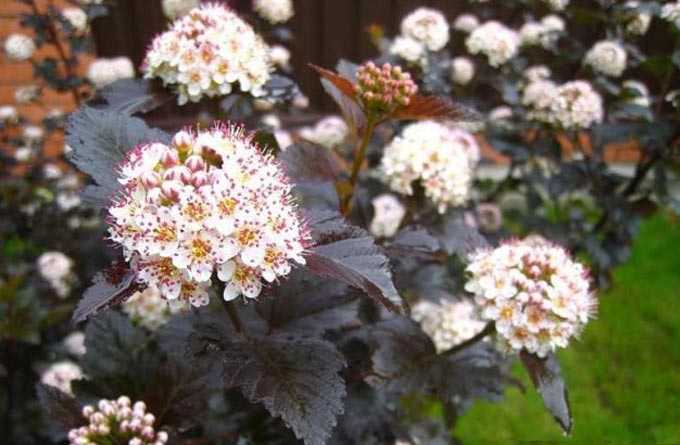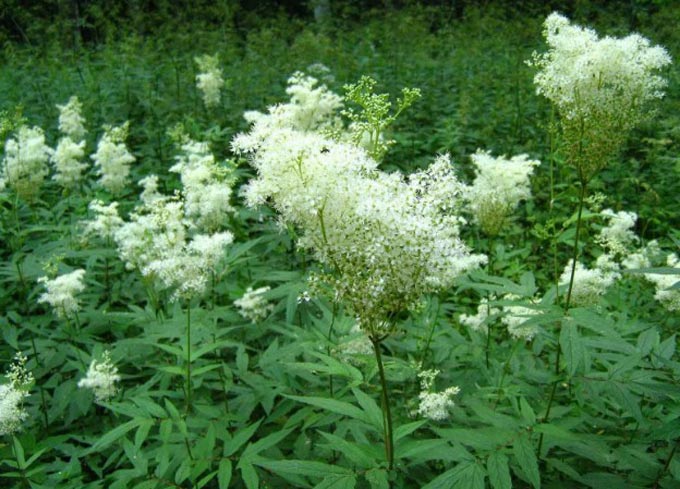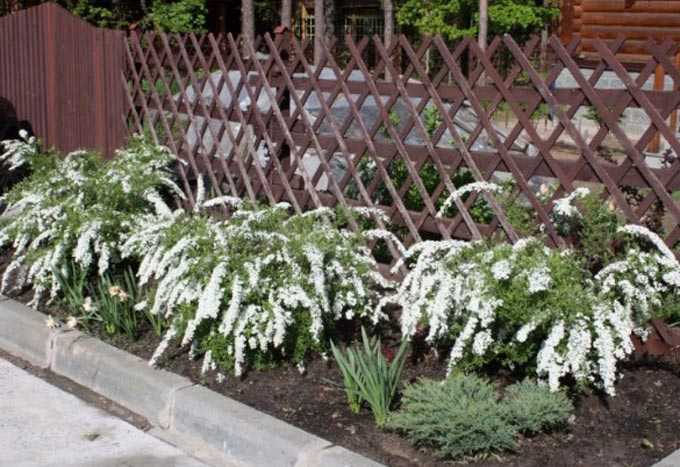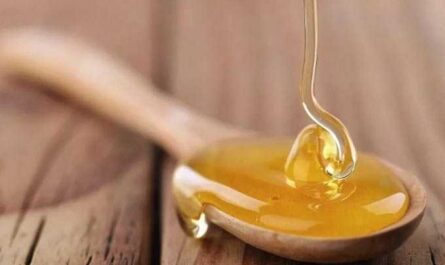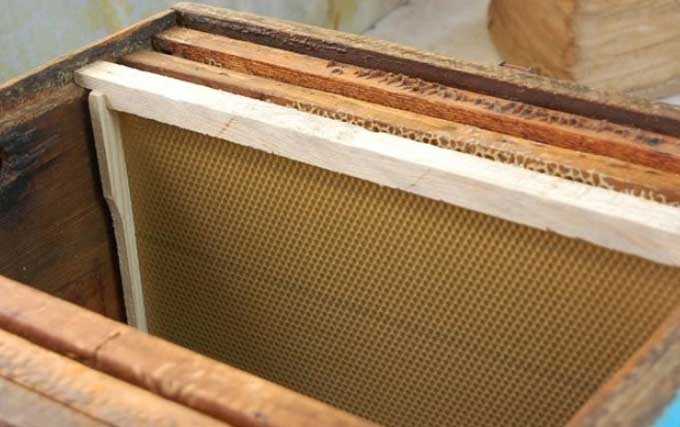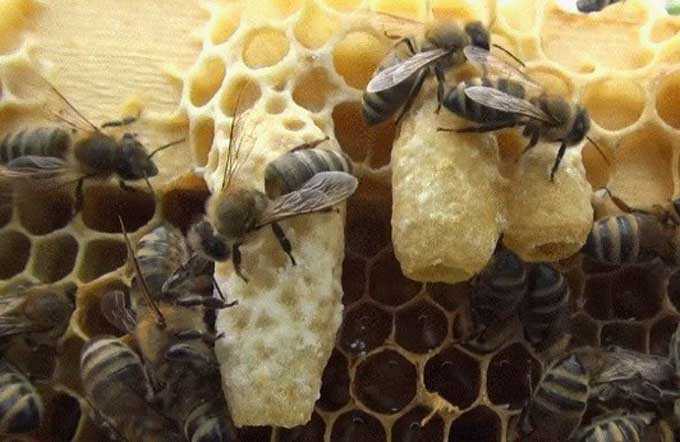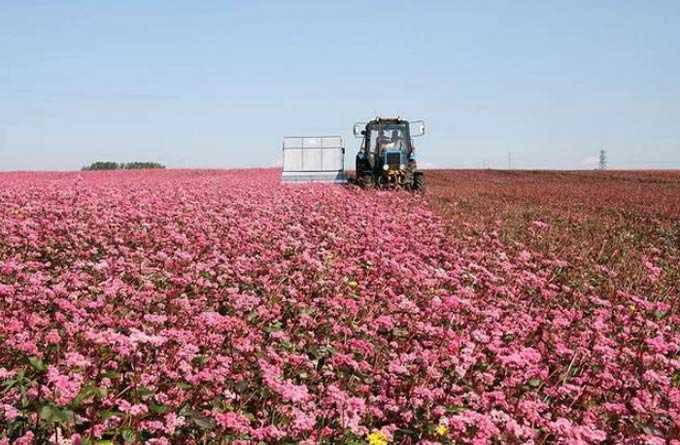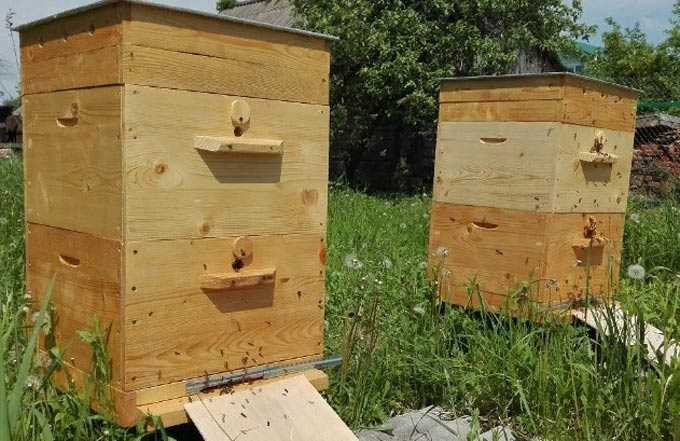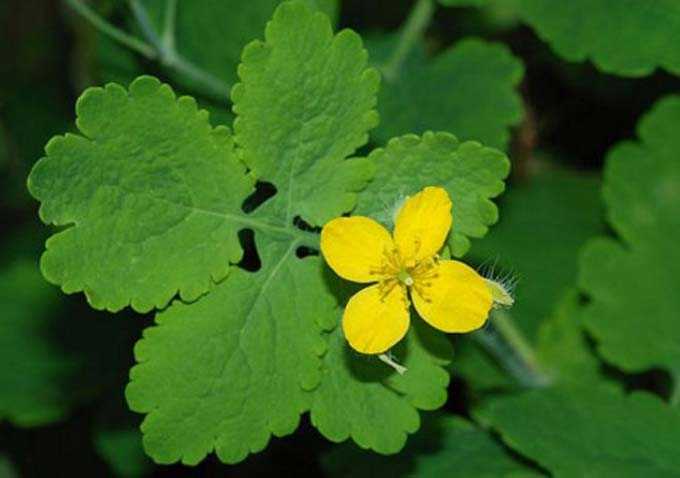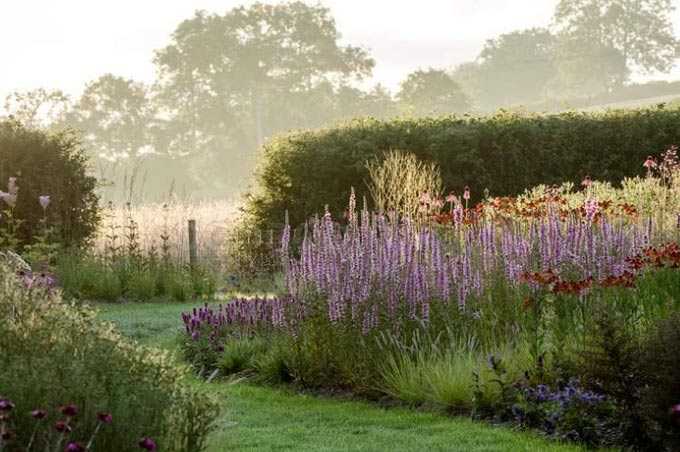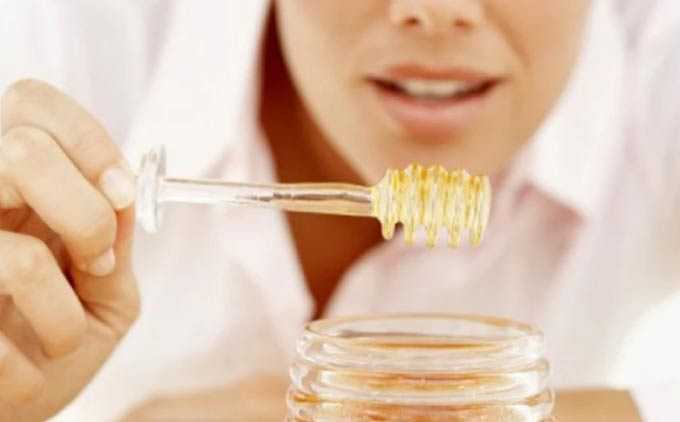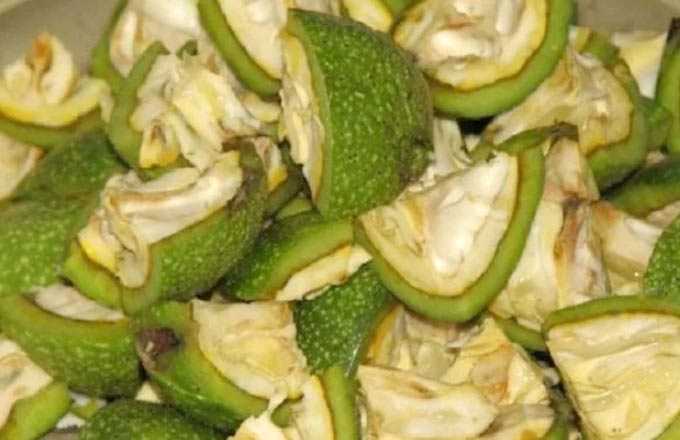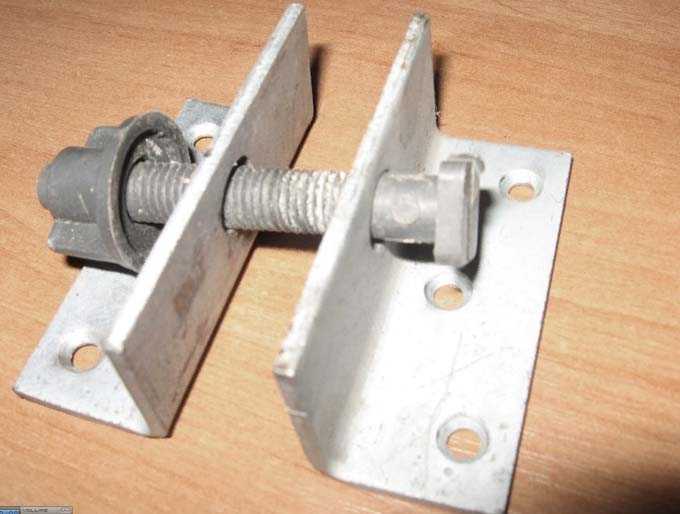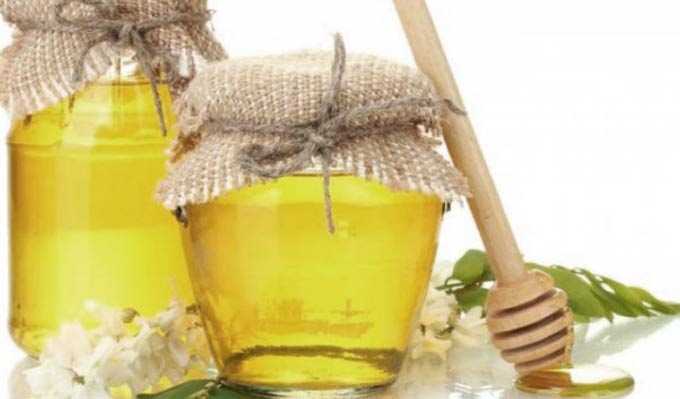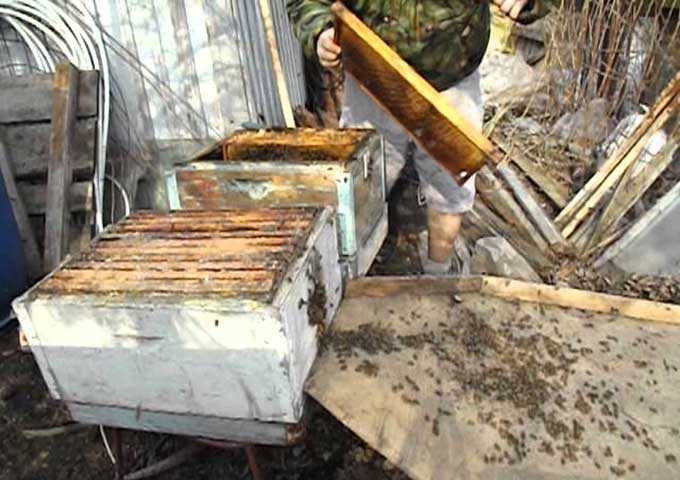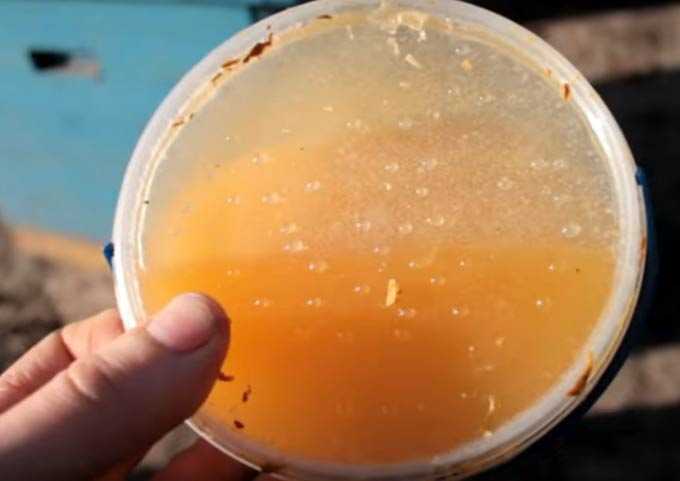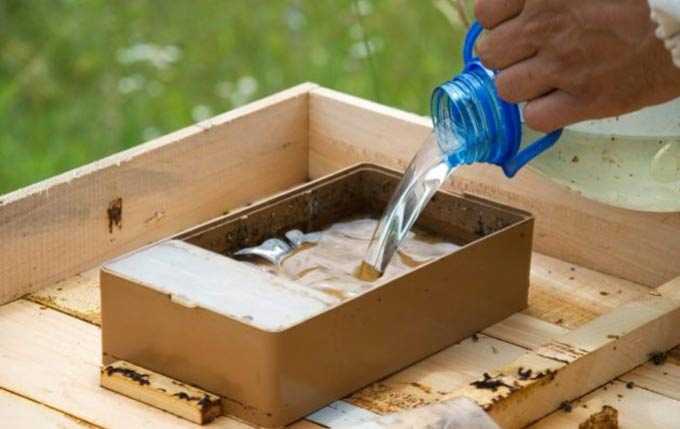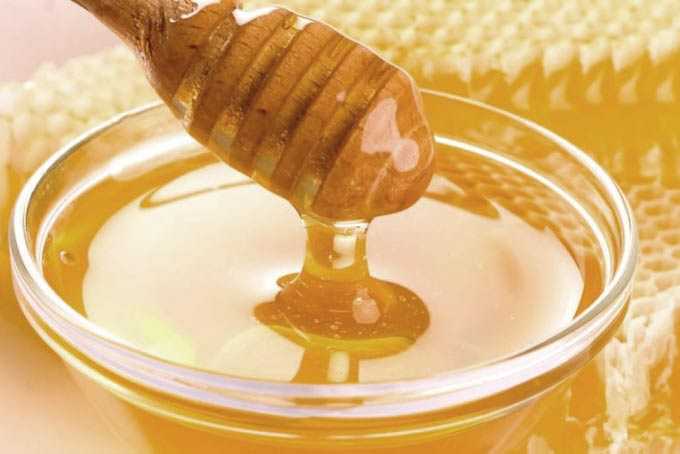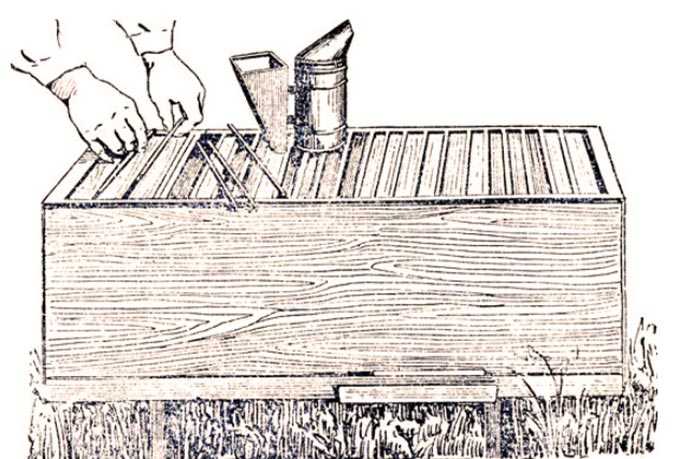Spirea melliferous plant, which is a perennial ornamental plant from the Rosaceae family. There are more than 80 varieties of it. Most of them are short shrubs, the rest are grasses.
For apiaries, melliferous species of this family are important: willow spirea, viburnum-leaved, meadowsweet, meadowsweet, peanuts.
The content of the article
- 1 Distribution
- 1.1 Plant species and description
- 2 Significance for agriculture
- 3 Agrotechnics
- 4 Honey productivity
Distribution
Spirea can be found in Siberia, East Asia, America and Europe.
The considered honey plants do not tolerate dry soil and do not grow well in open areas. Wet or light soil is more suitable for them. In the wild, they are found near the banks of rivers, lakes, in swampy areas, along ditches.
All species are outwardly similar to each other. They are distinguished only by the color and shape of the inflorescences, as well as by the flowering period.
Plant species and description
Willow spirea (popularly called “wild tea”) is often bred as an ornamental deciduous bush. Its height can reach 1,2-2 meters. Rod-shaped branches from the root are ribbed (old) or fluffy (young shoots), having a reddish-yellow tint. Lanceolate leaves are slightly oblong (up to 9 cm), alternate peaked, short-petiolate, dentate, with a dark green tint. The bush grows straight. During the flowering period, it is covered with small white or pink flowers, collected in large pyramidal panicles. The stamens are small enough and white.
Blooms from late June and blooms until early July. The release of nectar and pollen is moderate.
Kalinolistnaya spirea also cultivated as an ornamental deciduous plant. It is a bush up to 1,2 meters in height, dense, spreading, spherical in shape. The bark has a yellow tint. The leaves are small (up to 7 cm), with small denticles at the edges (similar to the leaves of an ordinary viburnum). The shade of the leaves in the varieties of this species is different: yellow, light green, burgundy, scarlet or orange. The flowers of the plant are small, white or pink. Collected in large spreading umbrellas up to 5 cm in diameter. The stamens are large, having a red or brownish color.
Blossoms from June to July. The release of nectar and pollen is moderate.
Tavolzhnik (another name is “meadowsweet meadowsweet”) is a bush with a height of 1,5-2 meters. Rod-shaped shoots with smooth brown bark. The stem is densely leafy with lanceolate, gray-green leaves. The flowers are rather small, white, pink or cream colored, collected in dense long panicles. The stamens are elongated, grouped in bunches.
It dissolves from June to July for a month and a half. Re-flowering is possible at the end of summer.
Spiraea – a perennial herbaceous field plant. Likes to grow in thickets of deciduous forests. The stem is erect, smooth, leafy, branched to the top. It can be up to two meters in height. The leaves are large, long, with small denticles at the edges, pinnately divided. The upper part is greenish, and the lower part resembles white felt. The yellow-white flowers are very small, grouped in large, spreading panicles.
It blooms from June to August, releasing nectar along with pollen only in good years.
Warty spirea – a relatively low bush (up to a meter in height), which is also found in Western Siberia. Grows on rocky slopes, steppe meadows, found among dense thickets of other wild shrubs.
Dissolves white fragrant inflorescences in May, June (almost at the same time as acacia). It is visited by flight bees eagerly, as it releases a lot of nectar. The exact nectar production is unknown.
Significance for agriculture
Among the large number of ornamental types of shrubs, it is the spirea that is the favorite.
In landscape groups, specialists use all types of this bush and grass. For example, not very tall spireas with red or golden leaves are planted in 5-6 pieces around garden or park trees, or tall evergreen shrubs.
Older species, which have a beautiful lush shape and abundant colorful flowering, are usually planted singly. The following varieties are used: medium, gray, white, Billardy, Wangutta, Douglas.
People who collect spirits prefer to plant monosads. If you correctly combine all flowering periods, color features and the height of an ornamental plant, you can create a beautiful long-flowering monosad near your home.
Spirea white, Douglas, willow, Billiard is used for growing hedges, as well as in rockeries, rock gardens, flower slides, grown in flower pots. Spirea Japanese, birch-leaved, Bumalda is used to form low borders.
The inflorescences themselves can be collected in bouquets and used dry for colorful flower arrangements.
Agrotechnics
When choosing a site for these shrubs, it must be remembered that they like sufficiently lit places, loose, air-permeable soils with a large percentage of humus.
Spirea is bred with:
- seeds;
- layering;
- spring and summer cuttings.
The best time to disembark is September.
seed sown in low containers, covering them with a thin layer of peat. Young shoots are treated with phytosporin to protect against fungal diseases. After 90 days, the resulting seedlings are transferred to the garden bed. The first four years of life need to provide special care for the plant. Young shoots need to be watered regularly and carefully dig up the ground around the bushes. They begin to bloom as early as 3-4 seasons.
Layers bushes are bred in the fall. The lower shoots are pressed to the soil, securing them with small homemade forks, and then completely covered with earth. For the winter, they are insulated with fallen leaves. In early spring, such shoots will take root.
The easiest way to reproduce is by cuttings. So you can breed any kind or hybrid of an ornamental plant.
Cuttings harvested after intensive growth. Shoots from spring-flowering varieties begin to be cut in early June, and from summer-flowering (July-August) varieties they are cut only from mid-June. Then the planting material is placed in containers with a sand and peat mixture. For fast rooting, you need 5 watering times. In early spring, cuttings are planted in a permanent place.
Honey productivity
Considering spirea as a melliferous plant, we can safely conclude that it has no special value for bees.
The honey plant produces moderate amounts of nectar and pollen. It blooms during the period of mass flowering of the main summer melliferous plants. That is, it is a secondary melliferous plant for bee colonies.
Spire type of honey does not exist and not when it does not appear in nature!
We know from reference books that up to 1 kilograms of sugar are allocated from 52 hectare of plantations. However, sugar productivity should not be confused with nectar productivity and commercial honey production.
This beautiful plant is definitely beneficial for the bee family, but it is unlikely to increase income from the apiary.
